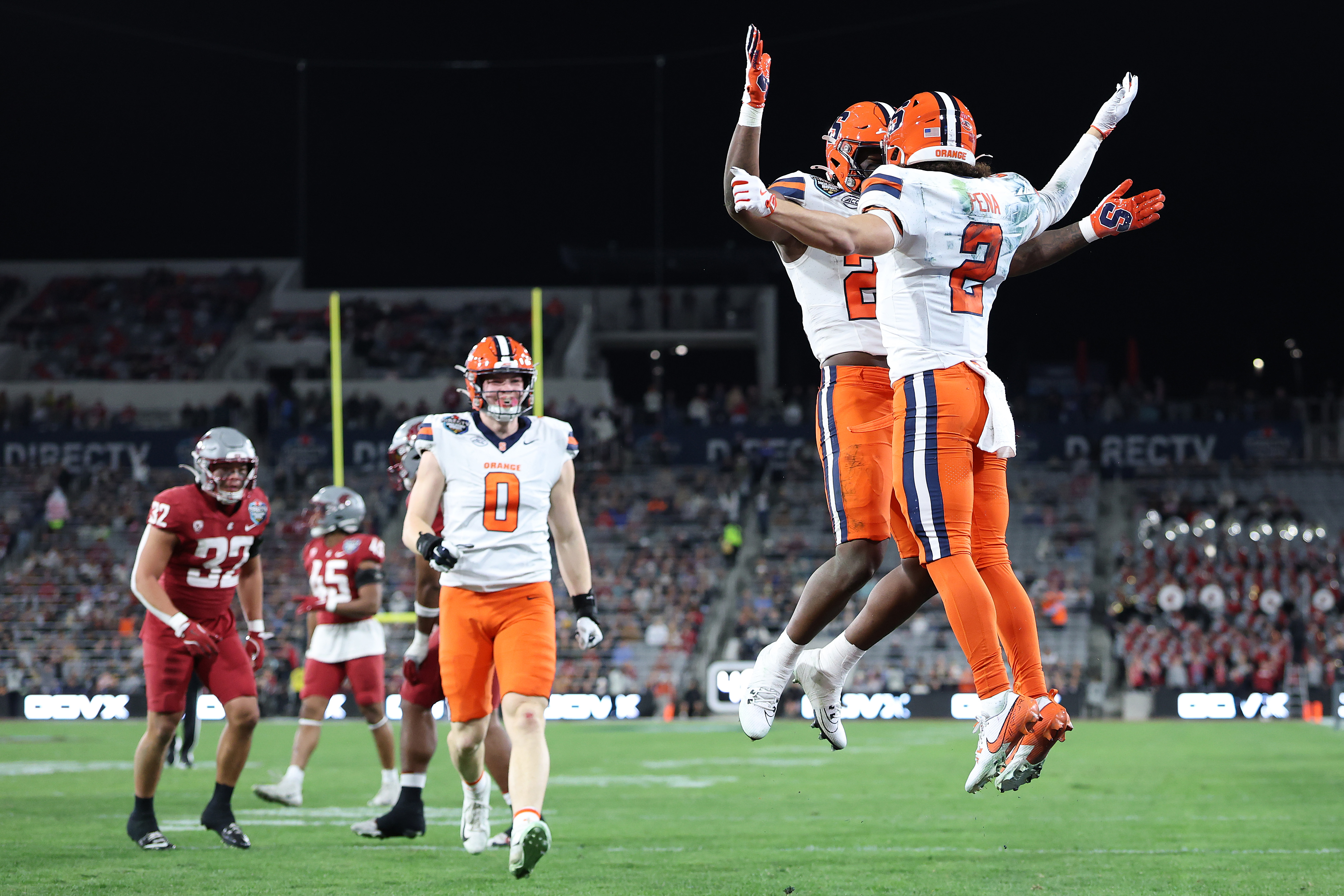A seashell, Play-Doh, thumbtacks, two straws and a medley of other items inside of a cardboard box get delivered at the door. For some, this is a strange combination of items that do not seem to belong together. For the University of San Diego (USD) lab professors and students, this is a solution.
Dr. Jennifer Prairie, USD assistant professor of environmental and ocean sciences, and Dr. Ruth Coffey, USD adjunct assistant professor of environmental and ocean sciences, have faced a unique challenge engaging their students with course content through virtual platforms.
Both teach courses in the school’s College of Arts and Sciences which Prairie said prides itself on small class sizes and hands-on learning experiences. When it is allowed, that is.
“And so it’s really important for us, how can we create some of that experience, even if they can’t go into the lab or go into the field,” Prairie said. “Are there ways to have that same learning where they’re critically thinking and getting to see for themselves?”
That’s when Prairie and Coffey started to think about the possibility of sending items to students while they are learning remotely.
“We have done a lot of research to build active learning into our lessons.” Coffey said, “I always think about the student experience of the lesson and the things that I’ve asked them to do, so I already had a couple of tools in my toolbox that weren’t hard to adjust for online learning.”
Coffey explained one of the recent experiments students were asked to do from home involved a water bottle, saltwater, freshwater, and a small plastic tube with metal washers inside. The purpose of the assignment was to create a density gradient and get the tube to float in the bottle where both waters met.
Local
“I think they’ve enjoyed some of the challenges and just it’s something different. It’s not just clicking things on your computer and I think that is really valuable especially when so much of our lives have moved online,” said Coffey.
Carrie Shuster, a junior at USD pursuing a major in environmental sciences and oceanography, shared that she was hesitant when faced with remote labs for the first time.
“I was really worried about it beforehand, I was like, ‘I’m not going to be in a group, I’m not going to be able to ask as many questions,’” Shuster said.
After doing experiments at home, Shuster said it has led her to be more confident in her ability to follow the procedural steps the lab requires as well as the final data it shows.
Prairie took a moment to acknowledge that this has been a group effort.
“It’s been fun as faculty members trying to figure these out, but also it could not be possible without the hard working staff we have in our department,” Prairie said. ”We have lab managers, lab techs and graduate assistants that put all these boxes together.”
The vast majority of USD classes are being taught online with less than 700 students living on-campus. The fall semester began Aug. 17.



